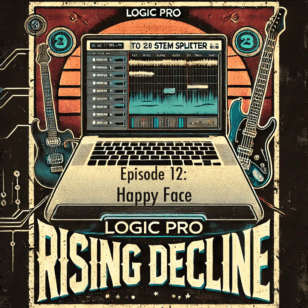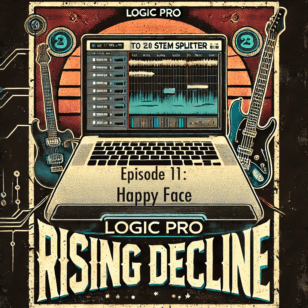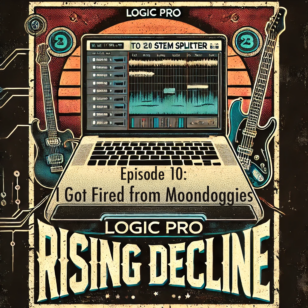I can make videos. I can teach. At some point, I realized I could teach in a video. This is blended learning.
I’ve been blending my courses at both University of La Verne at at Azusa Pacific University for a while. At first, my videos were created from necessity. At ULV, we meet weekly for five hours. That’s a long time. My lectures were dense with information, and had little interaction. So, I flipped my courses whenever I had a long lecture–students watch my lecture at home and take notes, and then we spend more time in class on activities and discussion. This is a much better use of class time. Students appreciate the flexibility, and I appreciate more discussion and less lecturing.
At APU, summer courses have a strange schedule: we have five hour classes twice each week. Again, that’s a lot of class time. Born out of this impacted schedule, I flipped my class again. One of the meetings had lectures and activities online, and the other was entirely face-to-face. I already had a sequence for this course, so the flipped sessions ended up being arbitrary at first. Student feedback has slowly transformed this process.
As it turns out, blended learning already has a taxonomy. The Innosight Institute has published a whitepaper on blended learning trends and practices. They identify four blended learning models: Rotation model, Flex model, Self-Blend model, and Enriched/Virtual model. My attempts at blended learning fall into the Flex model. My videos can be used as enrichment or to reteach.
I didn’t know what I was doing when I began blending my courses. After reading the whitepaper, I realized that I need to support student learning in a blended environment. Next quarter, my APU students will join a Google+ Community, where they can connect, share resources and ideas, and support each other. The combination of my course website and a place for online discussions will hopefully make students feel more connected.
A significant component of a blended course is student control over path. I could definitely leverage some online video tools to allow for more student choice. My goal is to transform, rather than sustain, the traditional classroom model.



